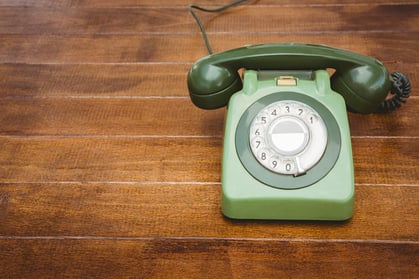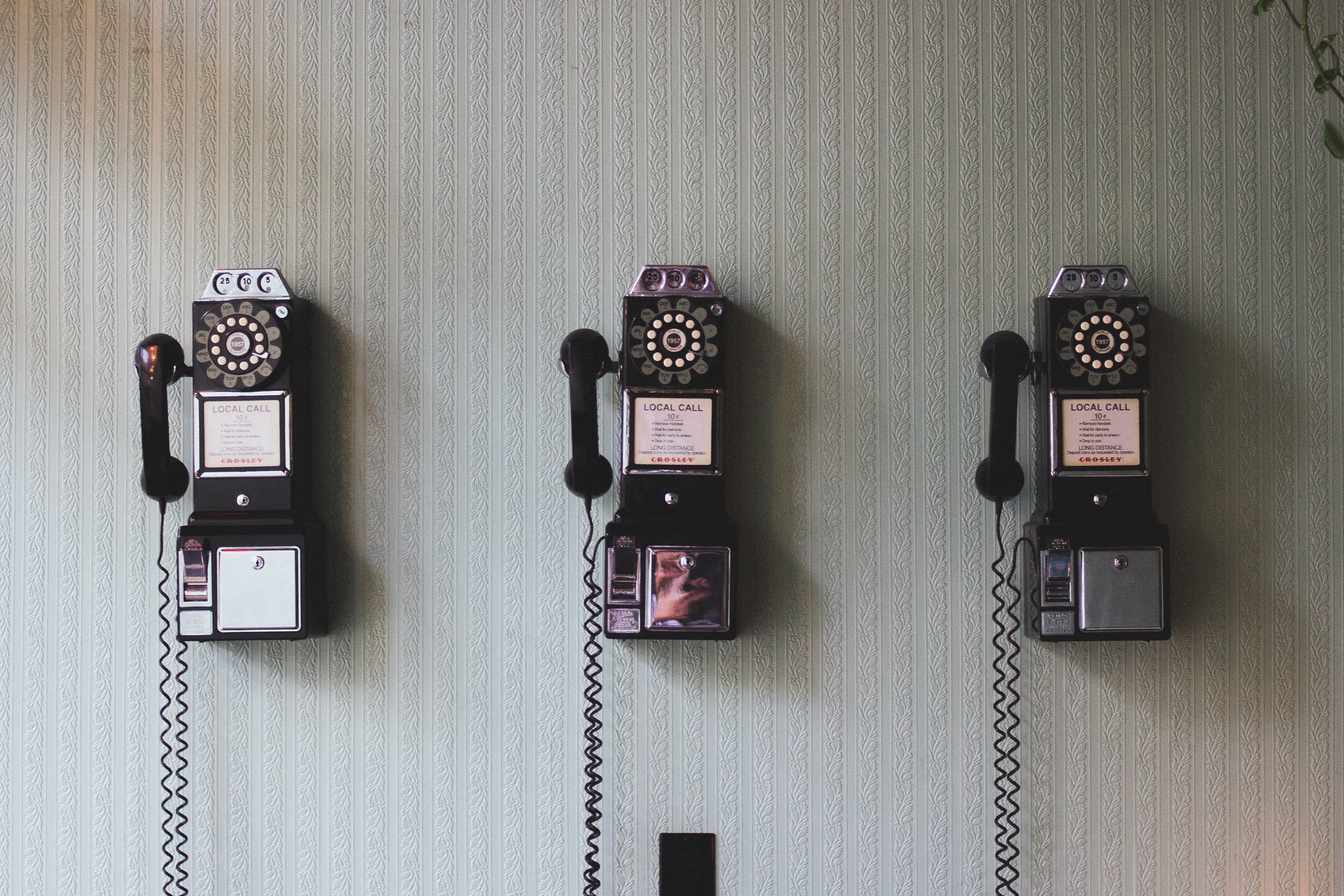At this point, you may be well acquainted with inbound marketing and understand the power of creating content that generates traffic to your website. But this is just the beginning.
In the next 5 minutes, you’ll learn the steps to converting those website visitors into leads to boost the value of your website 10-fold.
What is website lead generation?
Website lead generation is the journey your visitors take from being nameless strangers to becoming fully fledged contacts in your database. When a visitor fills in a form in exchange for a seminar signup, a content download or a guide, they become a lead. Understanding this process is key to building your customer base and growing your business.
If you’re onboarding with ESM Inbound, we will focus on lead generation during our fourth call – and we dedicate the whole call to looking at the process and tools together. Below, we’ve broken down the experience into digestible chunks so you can start planning your first conversion sequence on your own, or get ahead before your next call with us (we like it when clients do this!)
Step 1: Create CTAs to attract the click
Your CTAs (calls to action) are vitally important to get a visitor to start the whole conversion process. They are the gateway to getting more information from your prospects, so getting them right is crucial.

What is a CTA?
A CTA can be hyperlinked text, a button, an image, a pop up or a scrolling banner which directs visitors to another page (preferably a landing page). This can be positioned on any blog post or webpage:
- At the side so it tracks the reader as they scroll
- Within the main body of the content
- Over the top of a video
- Along the top or bottom of a page as a banner
- As a pop up
You will need to experiment with CTAs and find out which location works best for your buyer personas, discovering which variation or position generates the most clicks.
Best Practice Tips for CTAs
This will, of course, depend on some trial and error for your visitors, such as which colour and font you should have on your CTA button, or whether images work better than copy on its own. But one consistent best practice is to use imperative language to encourage a reader to take action and to keep the copy short. Examples include:
- Download your ebook
- Submit your details
- Get your free guide
- Subscribe to blog
- Convert more visitors
Start the CTA with an action verb, instructing your visitor to click, and follow it with a very clear (yet short) description of what will happen when they click. The most important tip is to make sure that each and every CTA you create is the most relevant next step for the buyer persona for whom the page is aimed at.
How do you create a CTA in HubSpot?
Creating a new CTA in HubSpot is straightforward, simply follow this lesson in HubSpot Academy for a detailed walk through.
Step 2: Build landing pages that really convert
The best way to convert visitors into leads is to create landing pages that collect lead information via a form in exchange for something of value. The landing page acts as the middleman between your CTA and the valuable content your visitor so desperately needs.
What is a landing page?
If you’re familiar with Google Analytics, you will find some ambiguity surrounding the term landing page. For the purposes of this blog, we are referring to HubSpot’s definition which states that, “a landing page is a page on your website where you can offer a resource from your business in exchange for a visitor's contact information
A landing page should have some specific features such as:
- A large, clear heading reminding them what the offer is and what they’re getting out of this exchange.
- An explanation of the offer you’re giving them, listing the benefits (preferably in bullet points to make it easy and quick to read).
- A form – you need this to capture details. Remember to make the length of the form relative to the resource (or lead magnet) you’re offering them: if they’re downloading a one-page checklist, asking for 16 fields to be filled in on the form is excessive – usually just the name, email and company is enough to get started.
Best practice tips for landing pages
There are certain clever things you can do to ensure your landing page is inviting and your visitor takes the next step by actually filling in your form:
- Remove the navigation menu from the top of the page so they aren’t tempted to click away
- Make your copy succinct and short – don’t distract unnecessarily with wordy content
- Only have one offer on the page and all messaging directed at that singular offer
- Use a video or image of the product in use, or a visual to represent what they’ll receive.
How do you build a landing page in HubSpot?
HubSpot explains how to build landing pages in this helpful HubSpot Academy article, from how to personalise them to your style, to editing the URL and meta description.
Step 3: Use thank you pages to drive further engagement
Once a prospect has filled in the form on your landing page, they are going to want to get their hands on your free lead magnet pretty quickly. The next page needs to be a thank you page – this might sound a simple task, but there are tricks of the trade that make this page a key one.
What are thank you pages?
Thank you pages are pretty self explanatory - they are the page where you thank your new lead for filling in the form and delivering to them the resource they’ve asked for. HubSpot includes lots of templates you can use to create these pages. Generally these pages have:
- Two columns for the copy: one side to say thank you and offer the link to their download, one to keep them interested in other offers or pages of your website you think they may be interested in
- The navigation menu is returned now, to encourage them to browse your other services and products
- A short page without too much copy again, so a reader doesn’t get overwhelmed. Most importantly, it needs to be clear where the download they were promised is – put it alone on its own line or create a clear, isolated CTA for it.
Best practice tips for thank you pages
Apart from offering the link to your lead magnet and returning the navigation menu, HubSpot says:
“You can try to direct them to the next offer in the buying cycle, to your blog, to informational pages, or even to your social media profiles.”
Including your social media buttons is a great idea if you want them to become followers on these channels – pointing them towards other offers, webpages and your blog is no longer a “dangerous” step as they’ve already converted on your page (by telling you their contact details) – so by leaving your site, they are merely exploring your brand in more detail.
How do you build a thank you page in HubSpot?
There is lots of guidance about building your thank you page in this HubSpot Academy article, including templates, how to add content and link it to your landing page.
Step 4: Send follow-up emails that nurture
Finally, you need to apply follow-up email best practices. You’ll want to send a prompt follow-up email to remind the visitor about your brand (and to check the email they provided works). You can attach the lead magnet within the body of the email – just in case they didn’t download it on the thank you page, but this email serves another function, too.
What is a follow up email?
A follow up email is the chance to cement what a lead already knows, as well as offering them the chance to download something else that might be of use:
- You might want to start by thanking them again for their download before providing another link to the lead magnet they requested
- Explain that, since you know they were interested in e.g. your checklist, you have another offer that might also be of use to them – make sure this is a relevant offer, linked to the first resource they downloaded.
- Add a link to this resource, too – this will build trust with your visitor since you’re showing you understand the materials they need to help them. If you offer the link as an un-gated link, simply clicking straight through to the resource, they’ll be thrilled to get a bonus.
- You may, however, want to gate the content but instead of asking their email address this time (as you already have it), you could include further fields to try to learn even more about them, such as their location, industry, budget, or number of employees at their company.
How to create a follow up email in HubSpot?
This HubSpot Academy article explains how to send a follow-up email and automate it through workflows, enabling your email to be sent automatically once the form is submitted.
Once you’ve followed each step, your website is officially a lead generating machine - congratulations! To understand more about your visitors and their behaviour, you’ll need software like HubSpot to measure the performance of your CTAs, landing pages and follow up emails.
Need some help generating leads through your website? Find out how ESM Inbound can help.
Stay Updated with Our Latest Insights
Get expert HubSpot tips and integration strategies delivered to your inbox.




